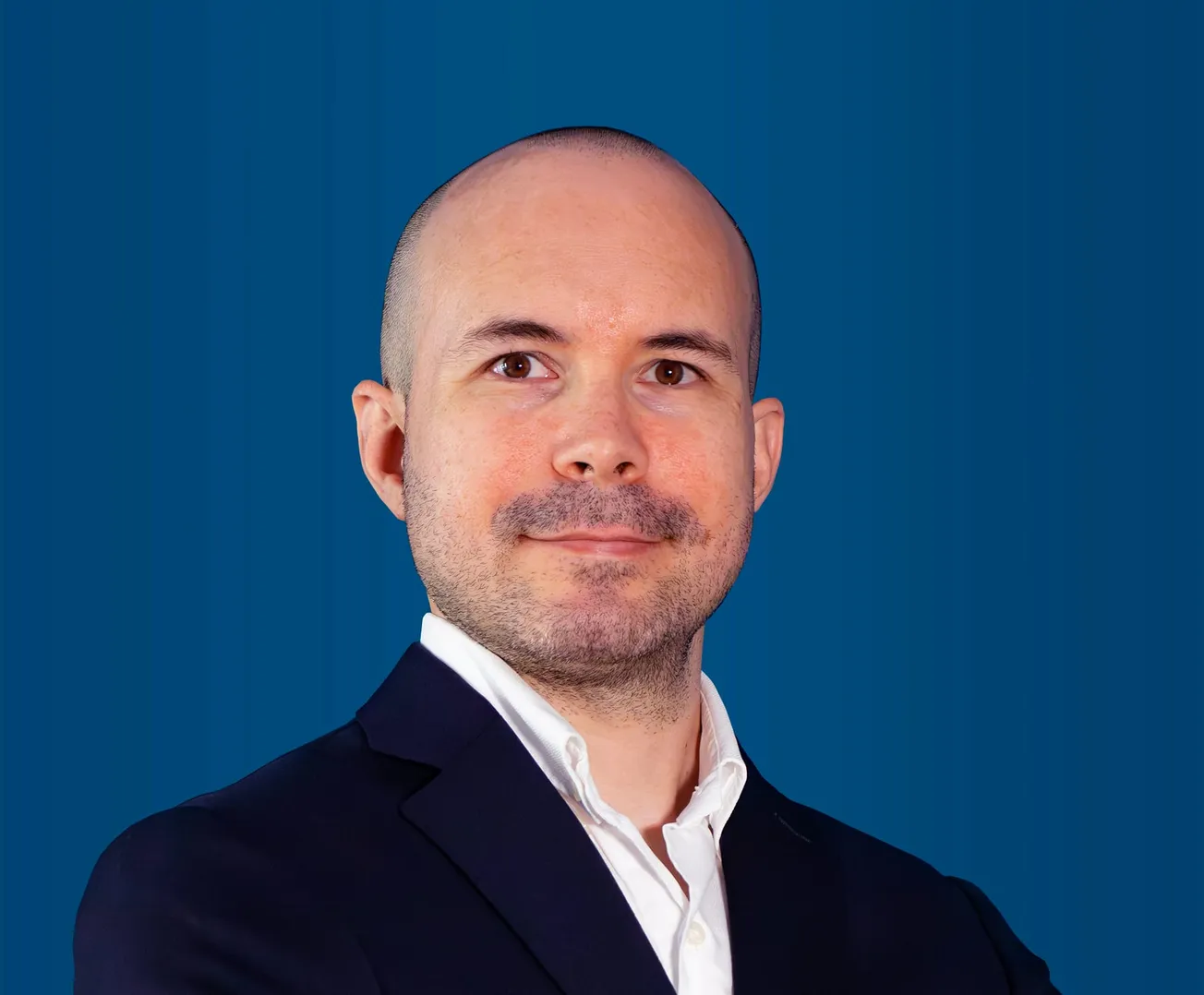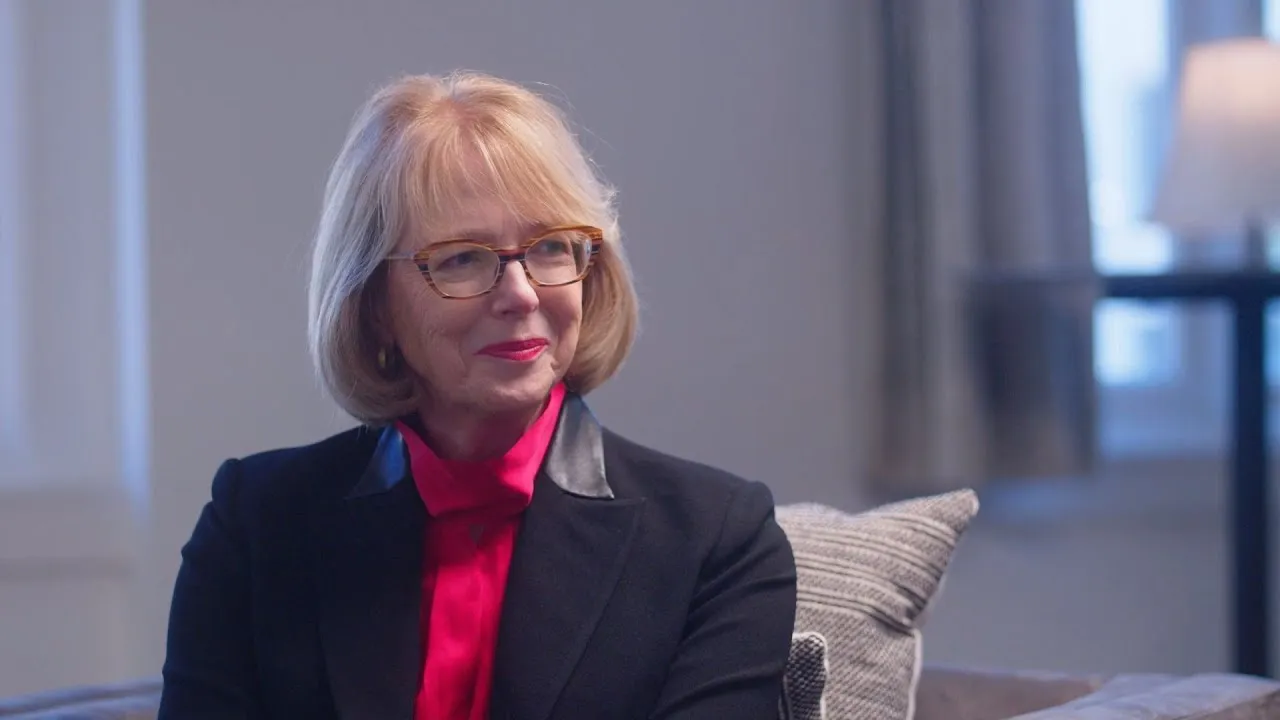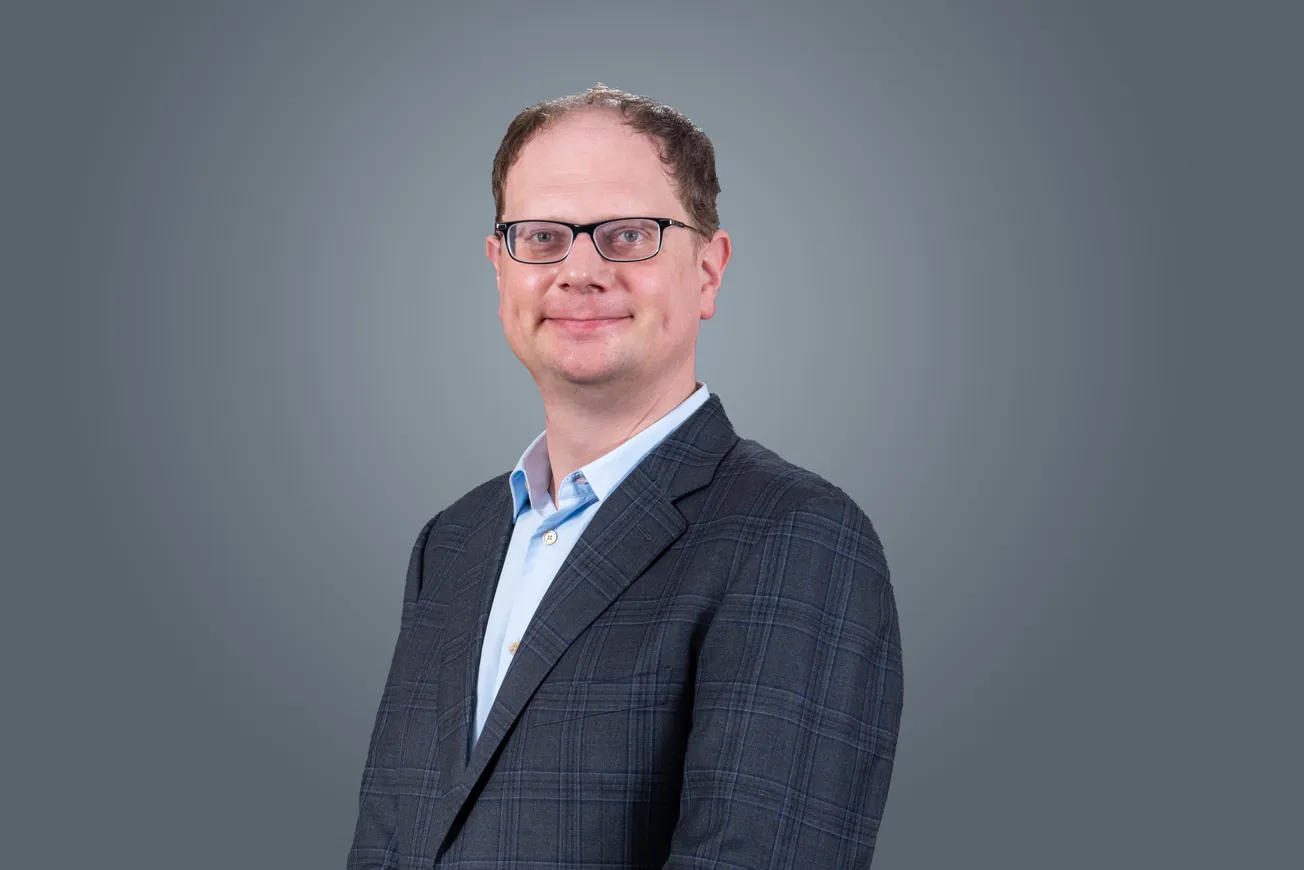Table of Contents
Alessandro Rossetta, CEO of FLIM LABS, sat down with Onyx for a feature-length interview.
Could you start by giving us an overview of your career and how you came to found FLIM LABS?
I did my bachelor’s in biomedical engineering at the University of La Sapienza in Rome, then moved to California on a scholarship to do my master’s at UC Irvine, still in biomedical engineering. That’s where I got into the world of fluorescence—understanding how it works and also being exposed to the startup culture there. I started connecting the dots: my technical background in fluorescence and what I was learning about business. I eventually returned to Italy for a PhD in fluorescence, and in 2019, I founded FLIM LABS.
So what’s the mission behind FLIM LABS?
Our main goal is to democratize fluorescence lifetime analysis. In fluorescence, you excite a sample—usually with a laser—and it emits secondary light. You can measure intensity, color, polarization, and, importantly, the lifetime: how long the fluorescence lasts after excitation. That lifetime value tells you a lot. We provide optimized hardware and software to make these kinds of measurements accessible, not just to specialists in big labs.
What kind of hardware and software are you developing?
We are implementing a state-of-the-art technique called TCSPC—Time-Correlated Single Photon Counting. Photon by photon, it reconstructs the decay profile of fluorescence. This technique requires a pulsed laser, fluorescence filters to remove the excitation light, a detector, and a data acquisition unit that sends information to a computer to reconstruct the decay curve. That’s how we measure fluorescence lifetime.
So how does this work in the real world?
There are some exciting applications! Fluorescence lifetime was initially used to differentiate fluorophores with overlapping spectra. Two molecules might emit the same color of light, but if their lifetimes differ, you can tell them apart.
In the last 20 years, scientists realized that the fluorescence lifetime of a molecule changes depending on its environment. So we can use lifetime as a biophotonic sensor—a biological sonar.
Right now, we’re leading an EU-funded EIC Pathfinder project called LaserBlood. We're developing a liquid biopsy tool that analyzes the fluorescence properties of blood plasma to distinguish healthy patients from those at high risk of contracting pancreatic cancer.
Are hospitals already involved?
Yes - we're working with the Campus Bio-Medico University Hospital in Rome and Uni-Klinikum in Erlangen, Germany, which provide human blood samples for testing. We also collaborate with a cancer research hospital here in Italy to fine-tune the tech by testing on genetically engineered mice. Following positive results, we’ll move on to human studies.
I saw a mention of microplastics on your website. Is that another application of your tech?
Yes, but in a different context. Plastics are carbon-based and often fluorescent. Different plastics have different fluorescence lifetimes. So we’re working on classifying microplastics using those signatures. It’s still in development but holds great promise for environmental monitoring.
Beyond blood and microplastics, are there other targets you're looking into?
Pharmaceuticals. There's a new class of drugs that aren’t pills—they’re encapsulated in nanocapsules, about 100 nanometers wide, often made of lipids. The active ingredient is inside the capsule, and this method offers lower toxicity and better control over how the drug is released.
The challenge is making sure the capsule doesn’t leak. Many active ingredients are fluorescent, and by measuring their lifetime inside the capsule, you can tell how well the capsule has been sealed. We’re working on a tool to measure encapsulation and leakage levels - we might spin off a new company focused entirely on this!
How does the cost of your fluorescence analysis tech compare with others on the market?
That’s a key point. Other companies have been around for decades, developing general-purpose equipment that is highly flexible but also extremely costly, often exceeding €100,000. At FLIM LABS, we’ve taken a different approach—designing hardware and software exclusively for fluorescence lifetime measurement. This focus allows us to significantly reduce both cost and size, making the technology far more accessible to researchers and industries.
How competitive are the EU research grants you’ve been working with?
Very competitive. In Italy, many grants require you to front the money and then get reimbursed—so you need capital upfront.
But the EIC Pathfinder grant is different. It gives you full funding in advance, with regular reviews. That kind of model is the only real way to foster innovation. If you’re constantly trying to save money, you’re not taking the risks required to push a technology forward.
What’s your top priority for the year ahead?
Two things: expanding our commercial reach and spinning out application-specific companies.
The tech is ready to be sold globally, so we’re building relationships with distributors. At the same time, we want to be more involved in applications: the LaserBlood project, pharma capsules and microplastics.
Eventually, each of these could become its own company. And we’re already planning for generation 2.0 of our instruments. You have to be honest with yourself and say, "Okay, now it’s time to scale."
Is AI playing a role in any of this?
Yes, especially in analysis. For instance, in the Laser Blood project, we use machine learning to help classify patient samples based on their fluorescence lifetime signals. It increases confidence in the results by telling us, statistically, whether someone belongs in a certain health risk category.
AI helps refine these classifications in a way that would be hard to do manually.
Any last thoughts?
Maybe just this—what we’re really doing at FLIM LABS is bridging a gap. For years, the science behind fluorescence lifetime has been validated, but the technology to apply it at scale just didn’t exist, or it was too expensive to use outside of high-end labs.
We’re trying to change that. Whether it’s cancer diagnostics, drug delivery or environmental monitoring—our goal is to bring this powerful measurement into real-world settings. Democratizing the technology opens the door to new science, but also to entirely new industries. That’s the vision.





